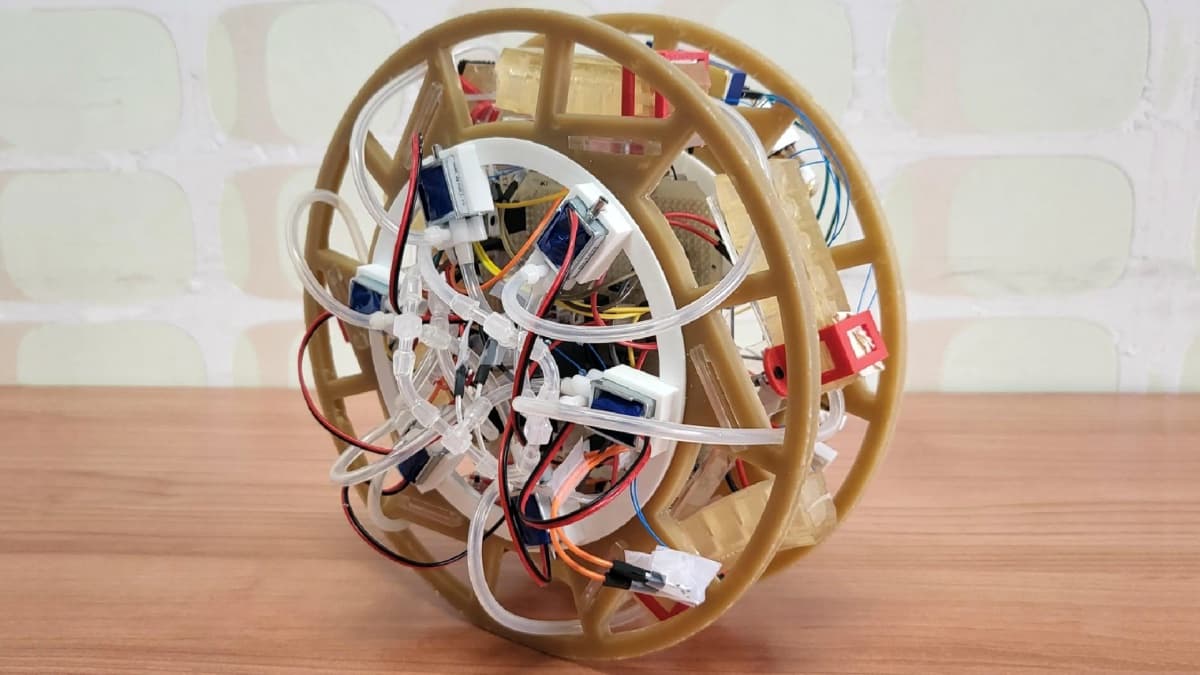Scientists have already created edible robotic components. Imagine ordering a food delivery by drone and, after eating your meal, eating the drone itself for dessert. The first part has been a reality for some time; the second – edible robots – could be on the way.
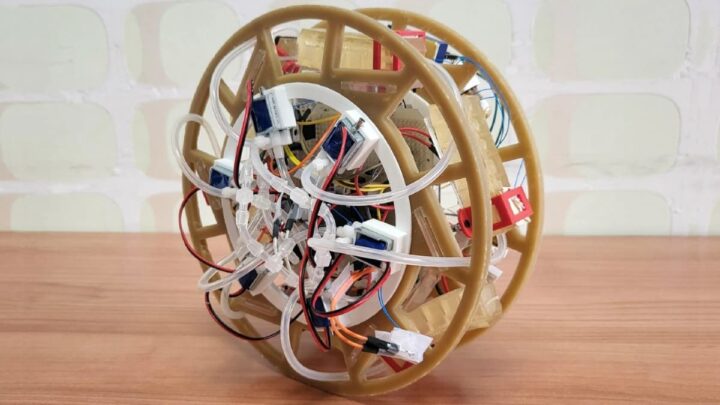
Edible robots will be a reality
At first glance, food and robots seem to be at opposite ends of the scientific spectrum. But, according to the authors of the article, edible robots are not just a novelty that you would pay a ridiculous amount of money to see on a plate in a fine-dining restaurant. They have a wide range of potential applications in areas such as human health and nutrition, wildlife conservation and animal welfare, and the environment.
There is so much potential in edible robots that in 2021, Floreano teamed up with Remko Boom of Wageningen University in the Netherlands, Jonathan Rossiter of the University of Bristol in the United Kingdom, and Mario Caironi of the Italian Institute of Technology (IIT) to launch the RoboFood project, receiving EU funding worth €3.5 millions for four years.
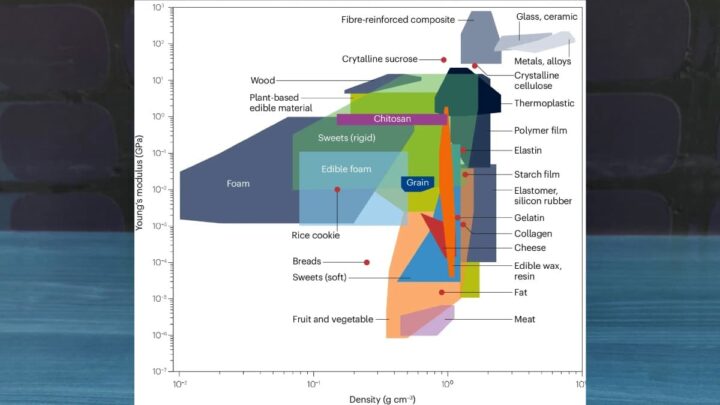
According to the RoboFood website, the “overarching” goal of the project is to “lay the scientific and technological foundations for the development of truly edible robots and robotic food.”
This is a timeline of the development of edible robots, which, like most things related to technology, is moving at a rapid pace.
Year 2017
EPFL scientists have created a grasping device capable of holding an apple, made from two fully edible actuators.
The actuators were made of gelatin-glycerol material with mechanical characteristics similar to those found in silicone elastomers.

Year 2022
Researchers at EPFL and Wageningen have designed a fixed-wing drone with wings made from rice crackers glued together with gelatin.
It is assumed that only the drone’s wings were edible, but it flew at a speed of 10 m/s and could carry 50% of its own mass as edible cargo.
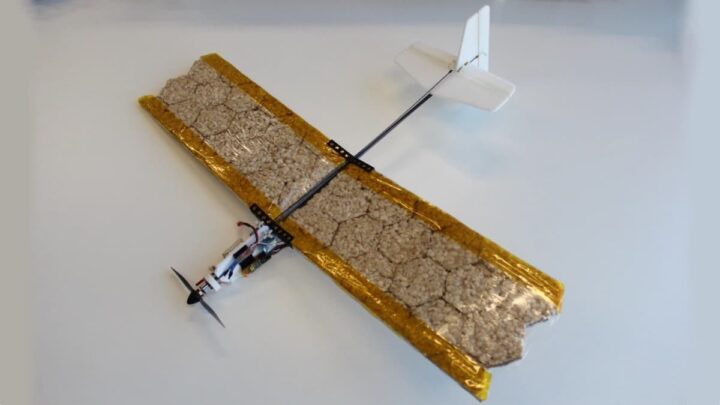
Year 2023
This year, IIT scientists created an edible rechargeable battery by making an anode from riboflavin (vitamin B2) and a cathode from quercetin, a natural pigment found in red onions, capers and kale.
Activated charcoal increased conductivity, while nori seaweed – the material typically used to roll sushi – was used to prevent short circuits. Packed with beeswax, the battery operated at 0.65 volts, still a safe voltage for ingestion; two connected in series powered an LED for about 10 minutes.
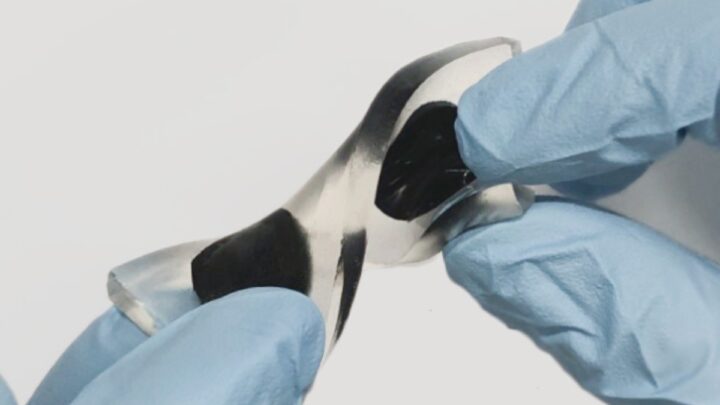
GelBat: an edible gelatin-based battery (UOB)
Year 2024
This year, scientists from the University of Bristol, IIT and EPFL created the first edible strain sensor based on electronic conduction.
The key is an innovative conductive ink, a combination of activated carbon, Haribo teddy bear gums and a water-ethanol mixture. When paint is sprayed onto an edible substrate, both can be eaten.
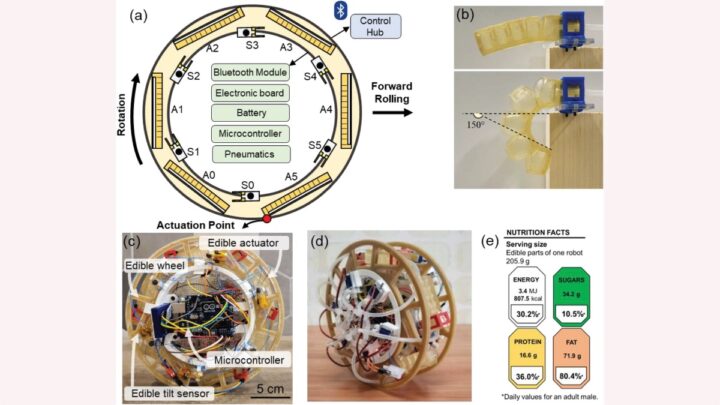
And from now on?
In their paper, the researchers outline the challenges they currently face in realizing edible robots. actuators and Existing edible batteries still have lower power, resistance and reliability compared to their inedible counterparts, or require the use of inedible parts.
Another challenge is that although many edible components are made from things we normally eat, more studies are needed to see how they interact with the digestive system. And then there’s miniaturization, making robots small enough to be a single, ingestible entity. Finally, edible robots need to serve some purpose.
So, what purposes do scientists foresee for these robots?
Examples they give in their article include analyzing the digestive tract and delivering medicines accurately, maneuvering through the esophagus to remove food blockages, providing nutrition to humans and animals, preserving the health of wild and domestic animals – including administering vaccines – environmental monitoring and, of course, provide an innovative culinary experience. Since edible robots would also be biodegradable, they would be more environmentally friendly than the alternative.
An important question demands an answer: How will people react to eating a robot?
Some answers were provided by a 2024 study, where researchers gave participants robots made of sugar and gelatin – one moving, one not – and assessed their perception and taste experience.
They discovered that the moving robot was perceived as a “creature”, while static was “food”. However, the movement gave it a greater flavor.
The authors of the current paper did not speculate on when we might see edible robots on our plates. Although the aforementioned technical obstacles still need to be overcome, we probably won’t have to wait long, given the rapid pace at which technology is advancing.
